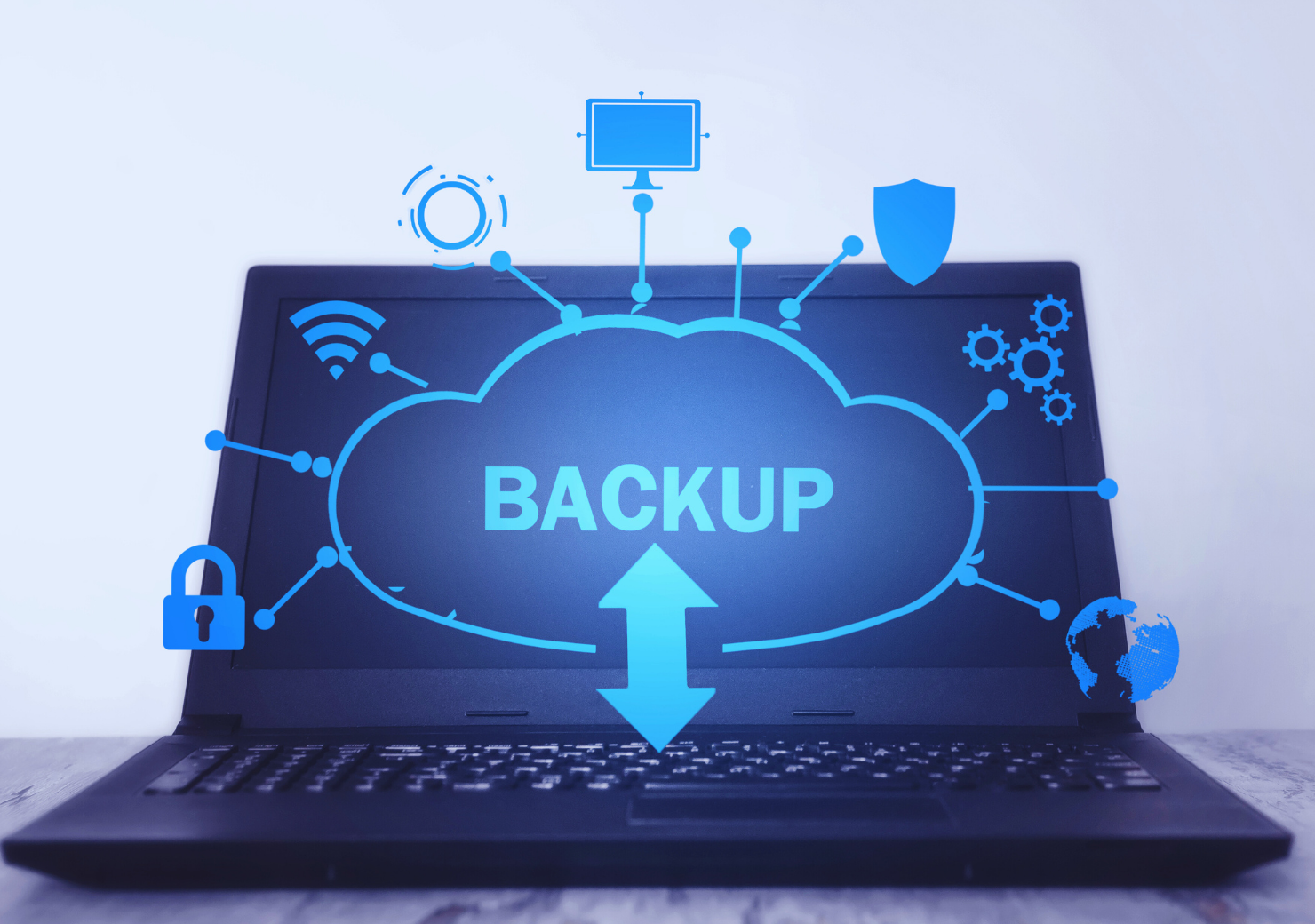In the digital age, our photos and videos have become an indispensable part of both our personal and professional lives. However, these valuable memories face threats such as technical failures, data loss, or accidental deletion. Developing effective backup methods to securely store your photos and videos is critical for preserving these memories and accessing them whenever needed. In this article, we provide a detailed guide, from backup solutions to best practices.
What Are the Best Cloud Storage Solutions for Backing Up Media Files?
Cloud storage is one of the most popular methods for securely storing your data and easily accessing it across devices. It provides an ideal platform for regularly backing up your photos and videos.
Cloud storage is an excellent solution because it offers automated backups, flexibility, and remote access.
Recommended Cloud Storage Services:
- Google Photos: Offers 15 GB of free storage and provides powerful search features for easy file management. Affordable subscription options are available for larger archives.
- iCloud: Seamlessly integrates into the Apple ecosystem, synchronizing files across devices and keeping your media up to date.
- Dropbox: Can automatically upload files from iOS, Android, Windows, and Mac devices, and offers advanced file-sharing and editing tools.
- Microsoft OneDrive: One of the best options for Windows users, OneDrive works seamlessly with Microsoft 365 and provides fast file access.
Cloud storage services use strong encryption technologies to keep your files secure while protecting them against device failures or physical losses. However, it’s essential to monitor your storage usage regularly and upgrade your plan as needed to handle larger file sizes.
How to Create a Reliable Backup System?
An effective backup system involves using multiple methods to minimize the risk of data loss. Combining different storage tools is the best way to create a reliable strategy.
You can build a strong and reliable system by following the 3-2-1 backup rule.
Three Copies of Your Data: Keep the primary version of your data and two backup copies.
Two Different Storage Media: Use both physical devices (e.g., external drives) and cloud storage.
One Off-Site Copy: Store one backup copy in a different physical location to protect against natural disasters or theft.
Implementation Steps:
- Configure cloud services for automatic backups.
- Regularly transfer files to an external hard drive or USB stick.
- Periodically check your backup copies to ensure they are functioning properly.
Why Is It Important to Use Multiple Backup Locations?
Relying on a single backup solution increases the risk of losing all your data in the event of a failure. Using different backup locations reduces this risk significantly.
Multiple backup locations ensure complete security against data loss.
For instance, if you’re using cloud storage, pairing it with an external hard drive creates a complementary solution. This way, your files are protected against both physical damage and online security breaches. Copies stored in different locations can save you from major losses if any single device fails.
How to Back Up Photos and Videos on Smartphones?
Smartphones have become the primary devices where we store most of our photos and videos. However, these devices come with limited storage space and are prone to physical damage.
Automating backups on smartphones minimizes the risk of losing your files.
- Enable Auto-Backup: Services like Google Photos and iCloud automatically back up your photos, allowing access regardless of the device.
- Use Storage Optimization: On iPhones, you can enable “Optimize iPhone Storage” to free up space while storing full-resolution files in the cloud.
- Perform Manual Backups: Regularly transfer your photos and videos to a computer or an external storage device.
These methods allow you to store your files securely while keeping them accessible on your device.
How to Automate Media Backup for Peace of Mind?
Automating your backup process ensures that your media files are secured without the need for manual intervention.
Automation tools can back up your files regularly and prevent human error.
- Cloud Services: Platforms like iCloud and Dropbox automatically upload new photos and videos.
- NAS Devices: Network-attached storage solutions can back up data from all devices in your home.
- Scheduled Backups: Use tools like Time Machine on macOS or File History on Windows to automate local backups.
These methods ensure your files are always up-to-date and secure without requiring regular manual effort.
External Hard Drives vs. Cloud Storage: Which Is Better?
Should you use external hard drives or cloud storage for backups? The choice depends on your needs and budget.
Combining both methods offers the most effective backup strategy.
| Feature | External Hard Drives | Cloud Storage |
|---|---|---|
| Cost | One-time purchase | Monthly/annual subscription |
| Accessibility | Limited to local devices | Accessible anywhere with internet |
| Capacity | Requires physical space | Virtually unlimited |
| Risk | Vulnerable to physical damage | Susceptible to account breaches |
If you have large file collections, combining both options provides the flexibility and security you need.
What Mistakes Should You Avoid When Backing Up Files?
Even with the best intentions, small mistakes during backups can lead to significant data losses. Avoiding these errors ensures the safety of your files.
Avoid these common pitfalls to ensure effective and reliable backups.
- Not Testing Backups: Regularly verify that your backup files are accessible and intact.
- Relying on One Method: Use multiple backup solutions to minimize risks.
- Irregular Backups: Create backups consistently and on a schedule.
- Skipping Encryption: Always encrypt sensitive files to protect them from unauthorized access.
Protecting your photos and videos is not just about preventing data loss but also about ensuring peace of mind. By combining cloud storage, external drives, and automation tools, you can create a multi-layered backup strategy. Make regular backups a habit and leverage multiple methods to keep your data safe. Implement this guide today to safeguard your memories and preserve them for the future.














